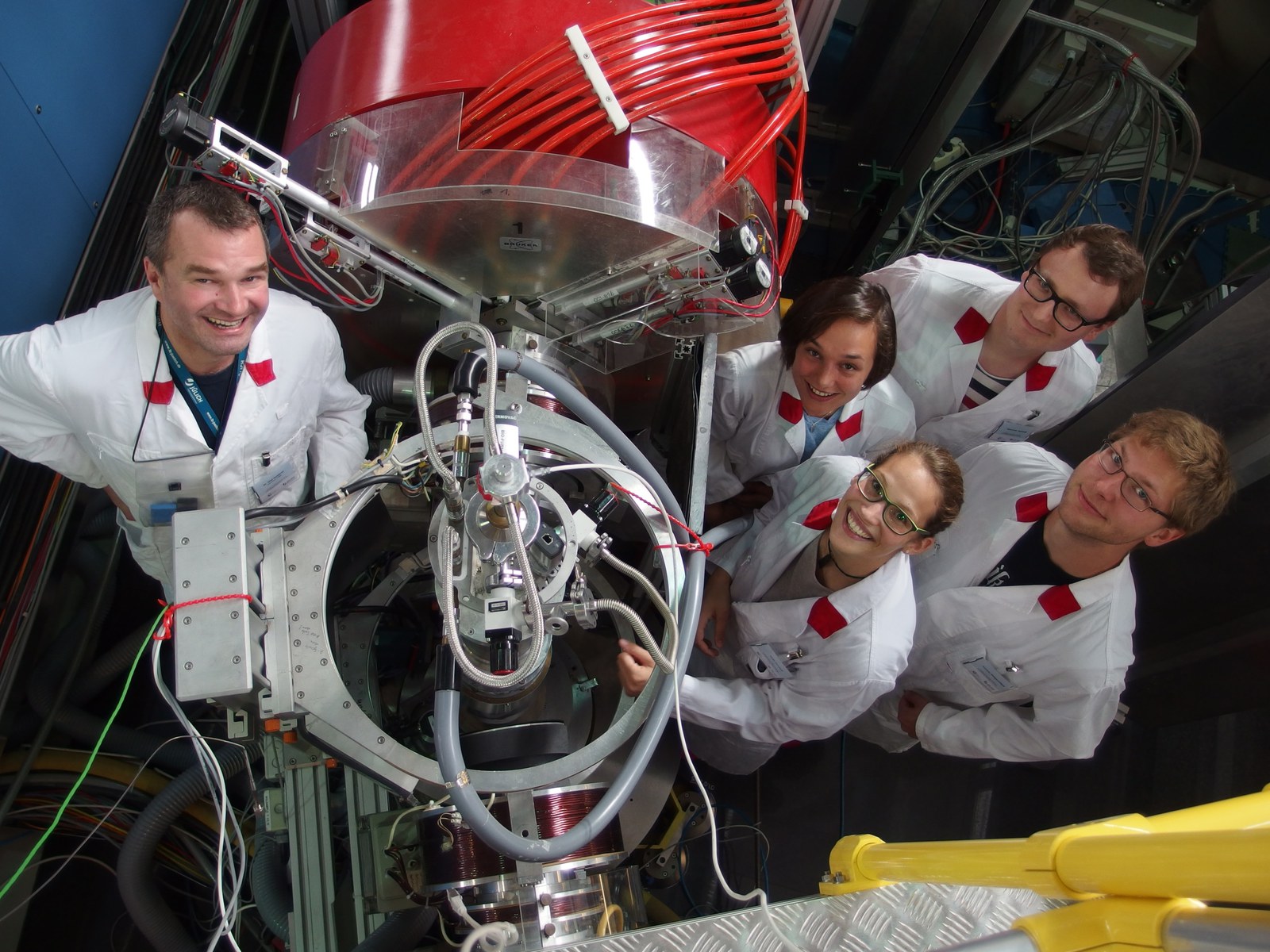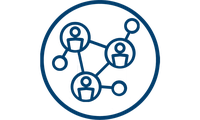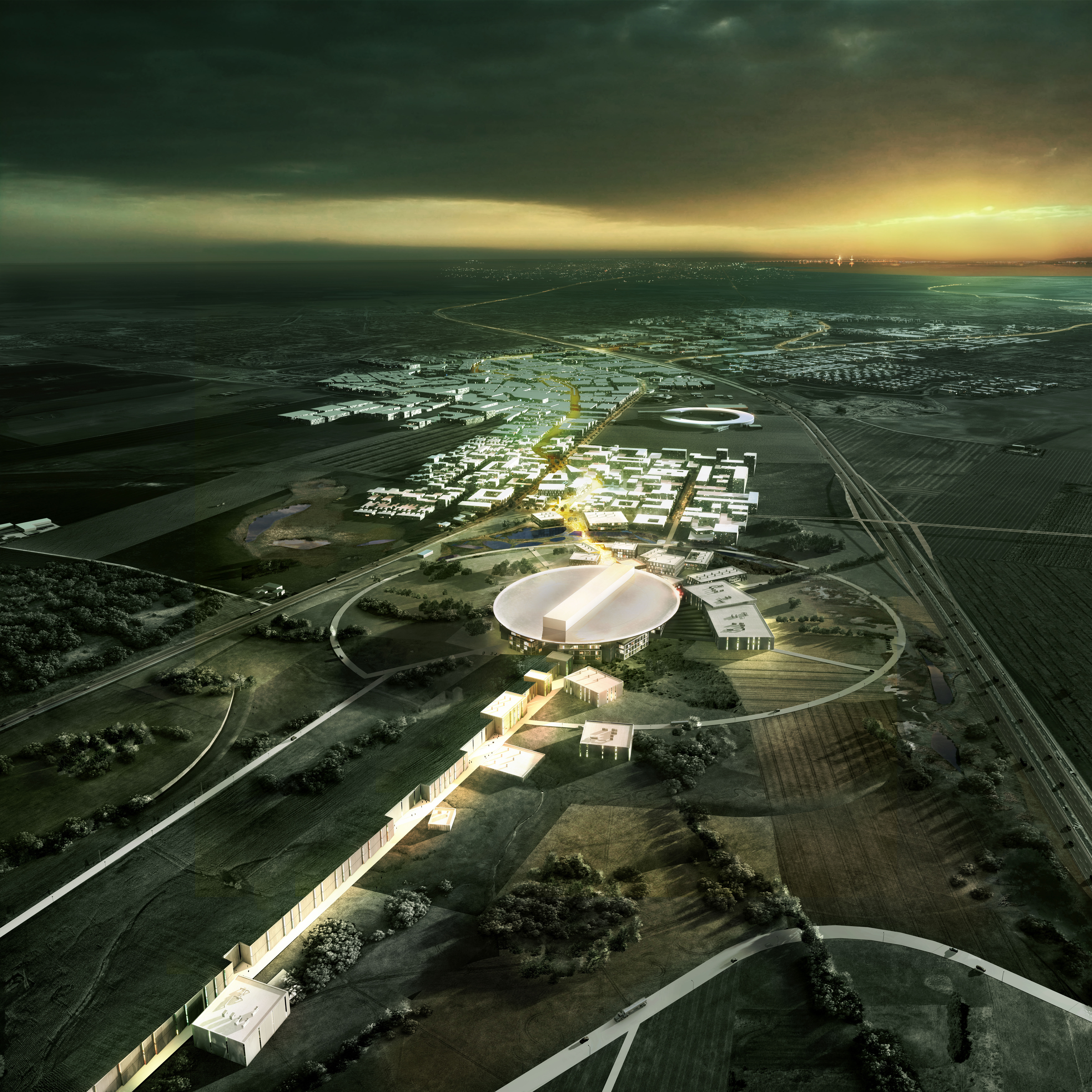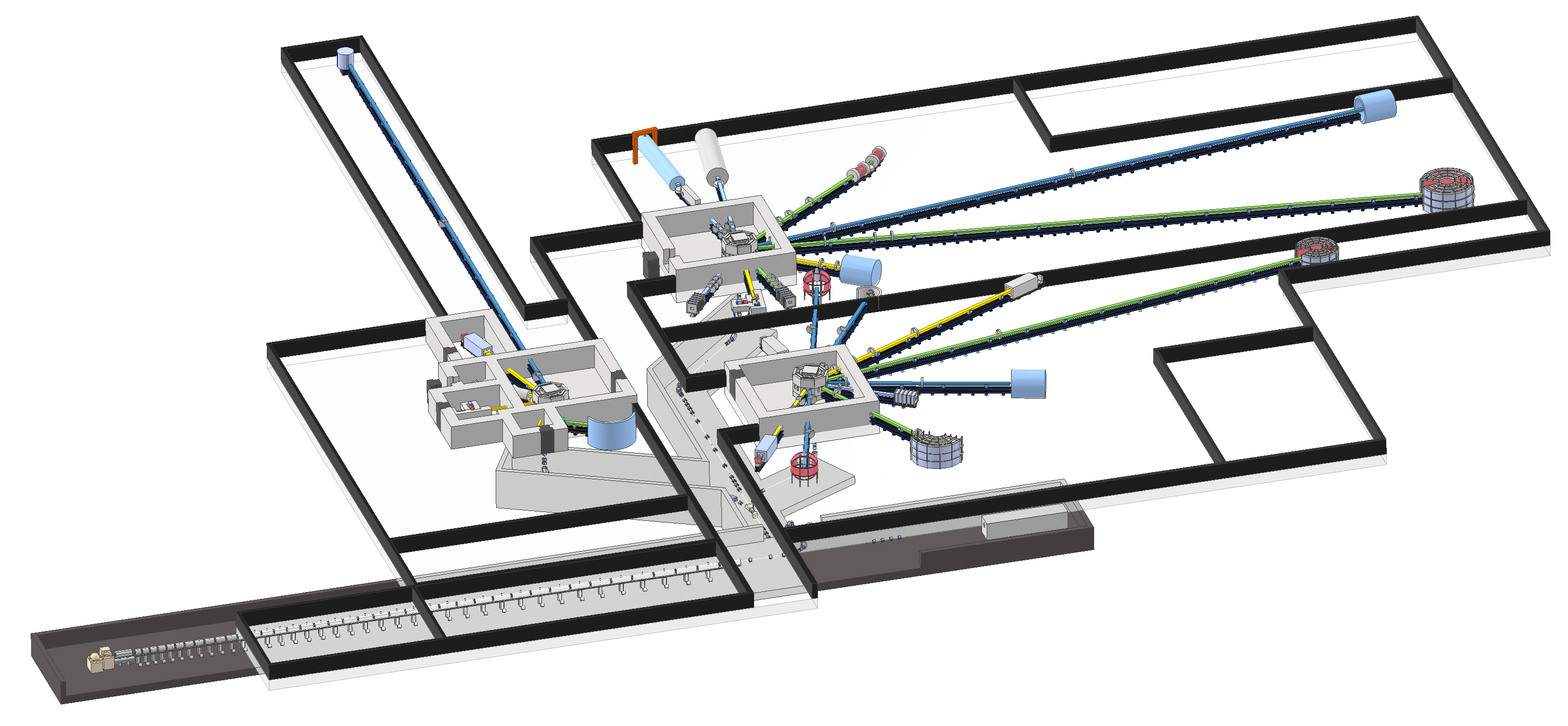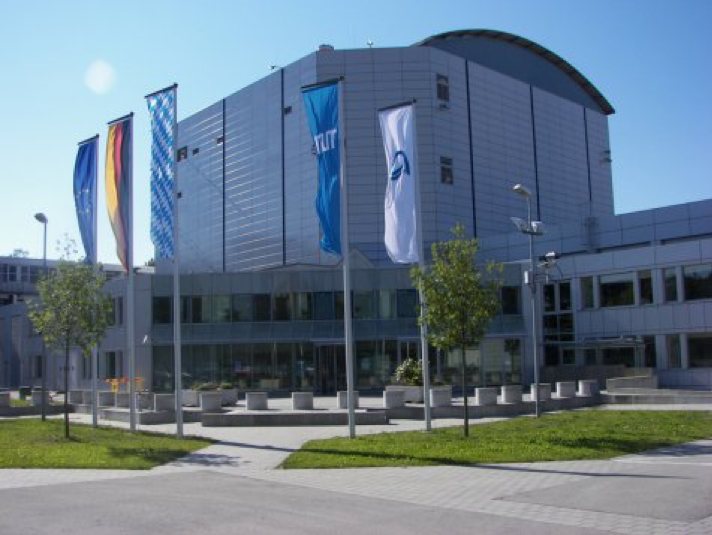JCNS uses neutrons as probes for research into soft and condensed matter systems, life science and energy materials. Apart from their role in science, neutrons make an important contribution to industry and society (MLZ Societal Impact Report 2019), with applications in materials development, energy storage systems, and also in research into SARS-CoV-2 and COVID-19.
JCNS as a user platform has the mission "to operate the best instruments at the best neutron sources” under a unified strategy.
JCNS operates instruments at the Heinz Maier-Leibnitz Zentrum (MLZ) at the research reactor FRM II, in Garching, Germany, and at the Institut Laue-Langevin (ILL) in Grenoble, France - the research reactor with the highest flux. Beam time is offered to national and international users. Moreover, JCNS builds instruments for the future leading source, the European Spallation Source (ESS) in Lund, Sweden, and is developing a future high-brilliance accelerator-driven neutron source, HBS.
Furthermore, JCNS is a partner in the League of advanced European Neutron Sources (LENS) and a member of the European Low Energy accelerator-based Neutron facilities Association (ELENA).
JCNS has laboratories and complementary methods for sample preparation and characterization. Customized data analysis and simulation software for neutron scattering are developed in-house. The Neutron SimLab at JCNS is the central department that aims at implementing the Helmholtz digitization strategy by coordinating all activities and collaborations regarding digital methods, data management and analysis, software development, etc.

Scientific / Research Services
- Condensed Matter and Materials Science
- Life Sciences, Biomedical Research and Health
- Information and Quantum Technologies
- Energy and Energy System Transformation
- Methods and Instruments, Accelerators and Detectors
- Industrial R&D and Innovation

Scientific fields
Materials research at JCNS focuses on the relation between structure, dynamics and the properties of materials, by using the specific strengths of neutron methods at large-scale neutron facilities. The focus is on complex functional materials for information (e.g. new spin structures), energy (high ion-conductivity materials) and health (mRNA nanocarriers)

Facilities / Instruments / Methods
- Large scale facilities: MLZ (Garching bei Munich, DE) and ILL (Grenoble, FR)
- Instruments: neutron scattering instruments ranging from cold, thermal, through to hot neutrons
- Numerous well-equipped support laboratories are on site at MLZ and in Jülich to support users, offering a wide range of complementary techniques to prepare and pre-characterize samples (i.e. NMR, TEM, SEM, AFM, x-ray facilities, MBE, PPMS, MPMS).
At the Heinz Maier-Leibnitz Zentrum (MLZ) in Garching, Germany, and at the Institut Laue-Langevin (ILL) in Grenoble, France, JCNS operates or jointly operates 17 instruments. The FRM II 20 MW reactor; 60 days reactor cycles; max. flux: 8 x 1014neutrons/cm2s. Facility with user access since 2004 for national and international users and industry. Over 50% are Helmholtz external users.
Allocation of measurement time by peer review: The international committee of the MLZ reviews the submitted proposals twice a year and recommends the allocation of beam time on the basis of their scientific performance. The JCNS offers beam time at its MLZ instruments to scientists from all over the world, regardless of the country in which they conduct their research, while beam time at the ILL instruments is only available to German users.
Other access mode: Beam time can be purchased additionally, e.g. from industrial partners.
Note: The FRM II has been out of service since spring 2020. Work to replace reactor components, such as the central channel and the cold source, is ongoing.
Partners / Cooperations / Networks
- Operating Helmholtz Center: Forschungszentrum Jülich, FZJ
- Participating Helmholtz Centers and others at MLZ: Helmholtz Center Hereon, Technical University of Munich
JCNS is member of League of advanced European Neutron Sources (LENS). The HBS project is embedded at the European level in the "European Low Energy accelerator-based Neutron facilities Association” (ELENA) and at the global level in the “Union for Compact Accelerator-driven Neutron Sources” (UCANS).
JCNS is co-founder of the "European Low Energy accelerator-based Neutron facilities Association“ (ELENA), which promotes cooperation within Europe in the field of neutron sources based on an accelerator and a low energy reaction to produce neutrons.
Moreover, JCNS is a member of EU-funded translational access networks RIANA and ARIE. JCNS cooperates with the Institute of Advanced Neutron and X-ray Science (LINXS) in Lund.
Strong collaborations exist with the programme MT through the activities of the Neutron SimLab within the Topic DMA. In addition, there are well established cooperations with the research field Information.
Furthermore, within the ‘Innovation Pool’ project HBS there is a collaboration with the Helmholtz Centers Dresden Rosssendorf (HZDR) and GSI within MML. This demonstrates that the JCNS neutron infrastructure is essential to research within the MML programme.
As part of the ESS activities, JCNS cooperates with the Léon Brillouin Laboratory (LLB) in France, the Technical University of Munich (TUM), and the University of Perugia in Italy.
Projects and Testimonials
Publications JCNS
Find here the updated lists of all publications from JCNS.
Contact
- Jülich Centre for Neutron Science (JCNS)
- Neutron Scattering and Soft Matter (JCNS-1)
Jülich Centre for Neutron Science (JCNS)
Further information can be found on the website of the Jülich Centre for Neutron Science (JCNS).

